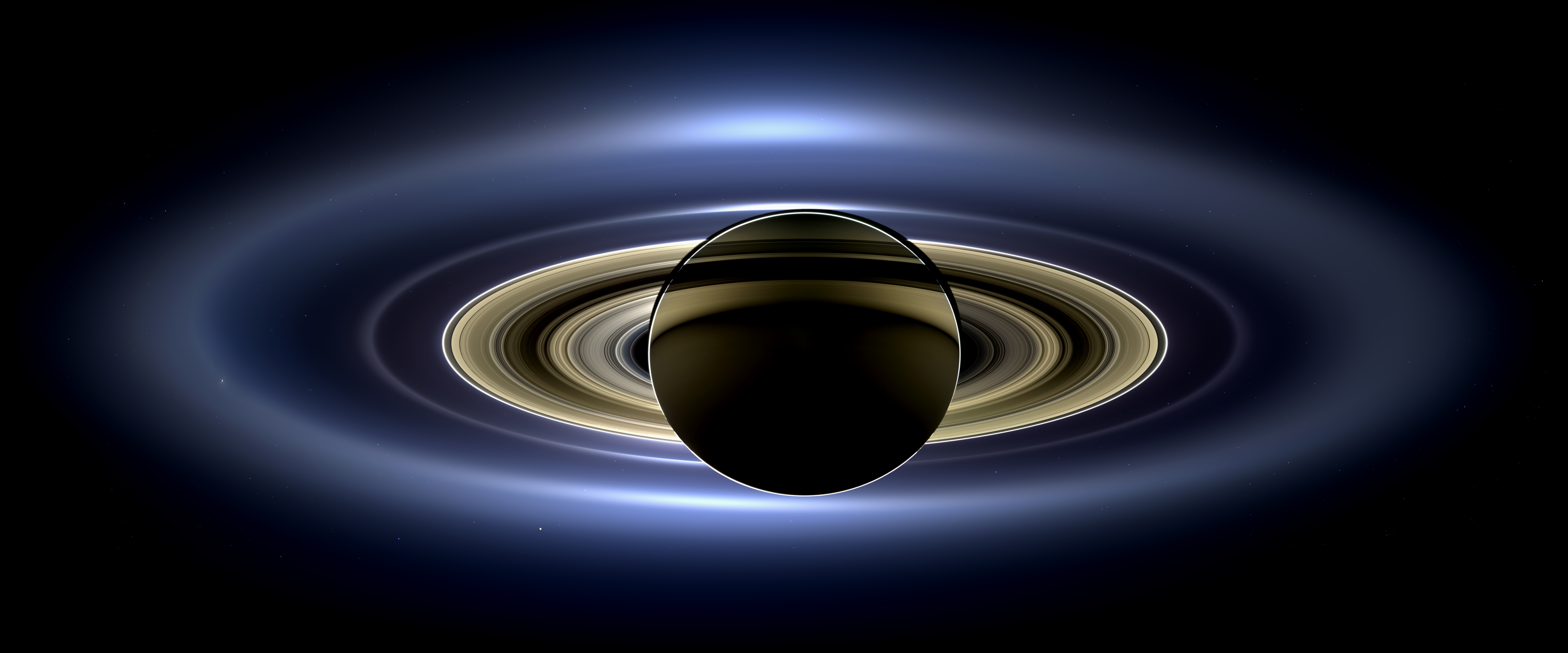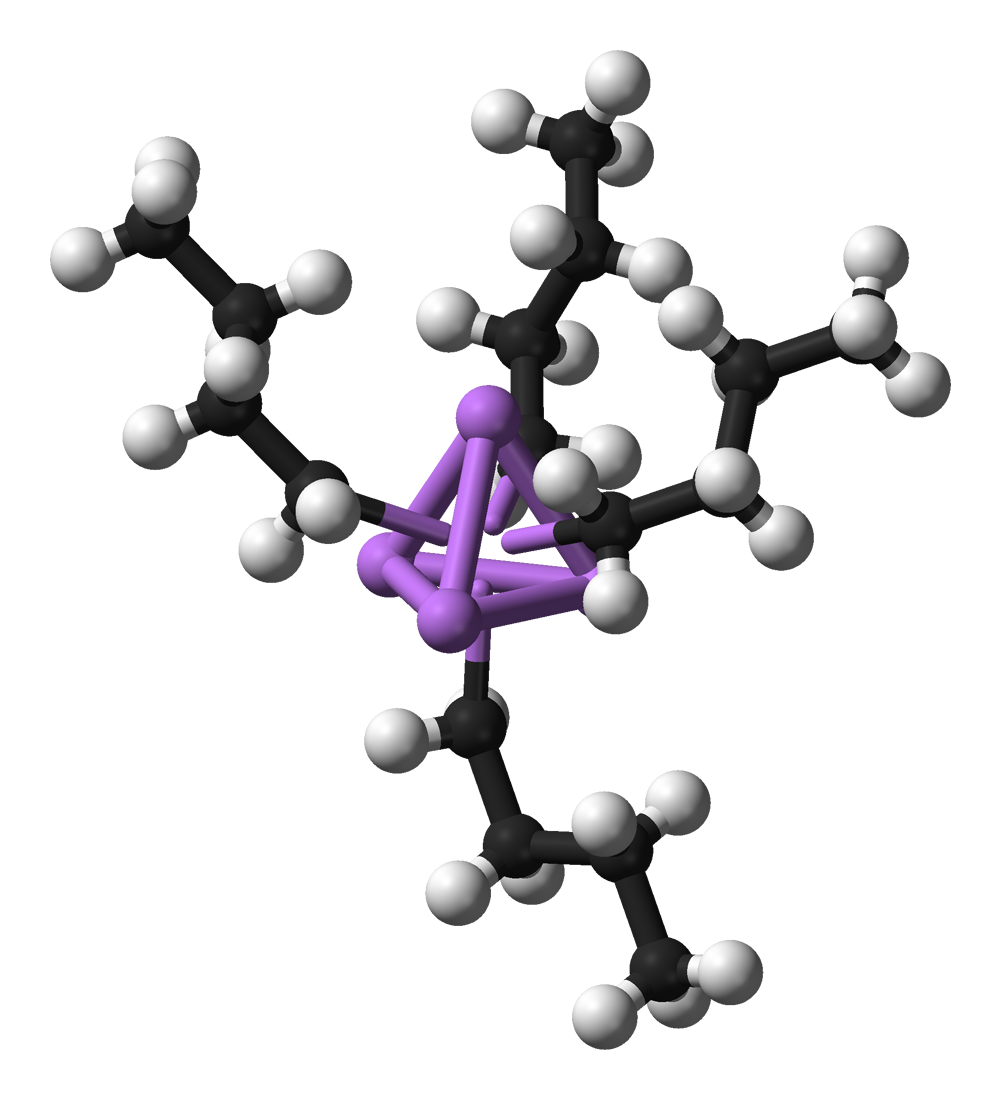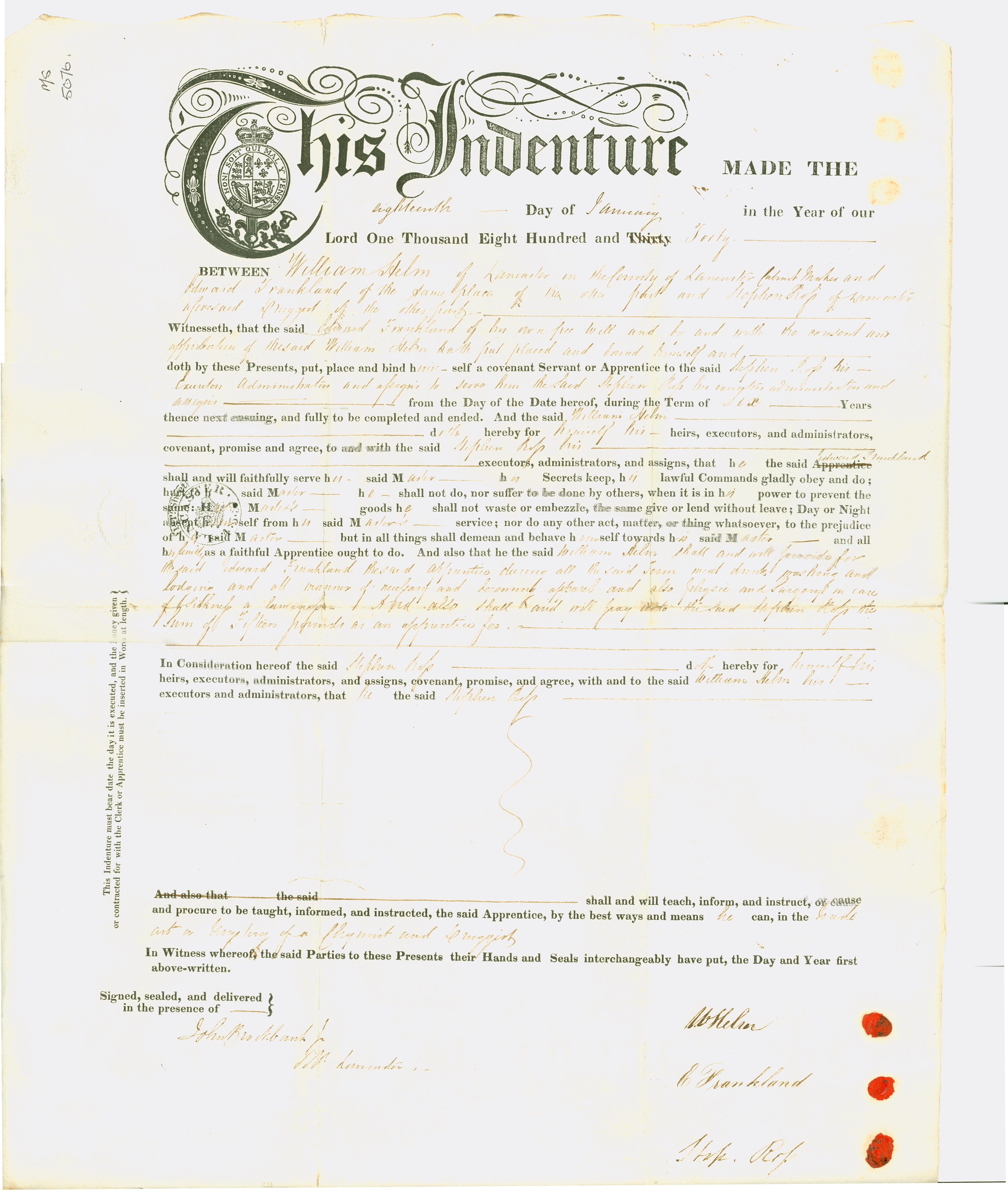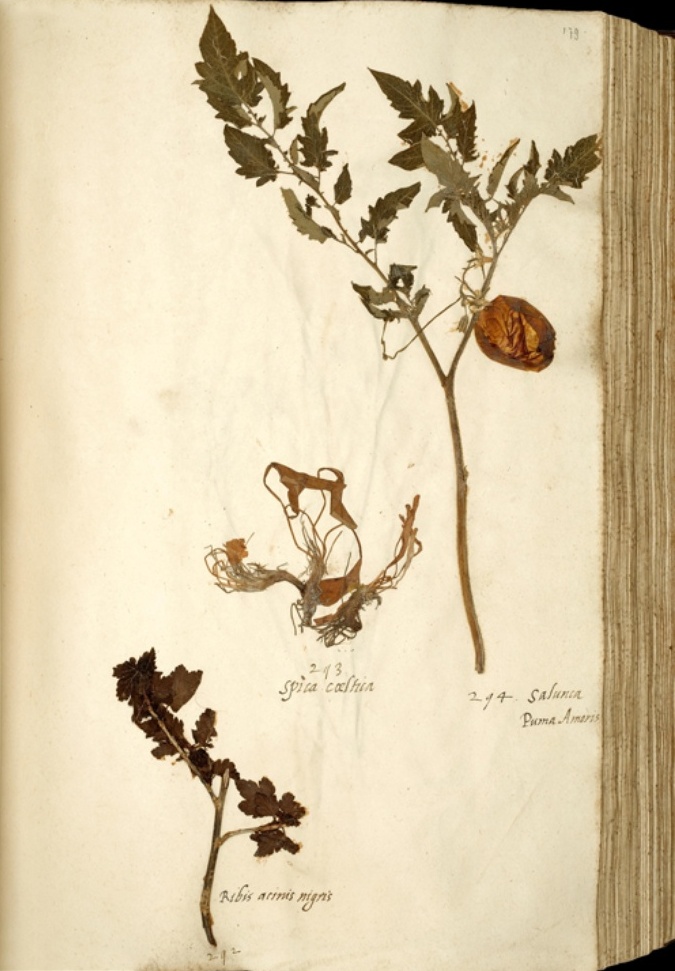|
1848 In Science
The year 1848 in science and technology involved some significant events, listed below. Events * September 20 – The American Association for the Advancement of Science is set up in Pennsylvania by re-formation of the Association of American Geologists and Naturalists, with William Charles Redfield as its first president. Astronomy * September 16 – William Cranch Bond and William Lassell discover Hyperion, Saturn's moon. * Lord Rosse studies M1 and names it the Crab Nebula. * Édouard Roche calculates the Roche limit, the limiting radius of tidal destruction and tidal creation for a body held together only by its own gravity, which explains why the rings of Saturn do not condense into a satellite. * Rudolf Wolf (in Zürich) devises a way of quantifying sunspot activity, the Wolf number. Botany * April 16 – Joseph Dalton Hooker arrives at Darjeeling to begin the first European plant collecting expedition in the Himalayas. Chemistry * Edward Frankland, working in Germ ... [...More Info...] [...Related Items...] OR: [Wikipedia] [Google] [Baidu] |
Rings Of Saturn
Saturn has the most extensive and complex ring system of any planet in the Solar System. The rings consist of particles in orbit around the planet made almost entirely of water ice, with a trace component of Rock (geology), rocky material. Particles range from micrometers to meters in size. There is no consensus as to what mechanism facilitated their formation: while investigations using theoretical models suggested they formed early in the Solar System's existence, newer data from ''Cassini–Huygens, Cassini'' suggests a more recent date of formation. In September 2023, astronomers reported studies suggesting that the rings of Saturn may have resulted from the collision of two moons "a few hundred million years ago". Though light reflected from the rings increases Saturn's apparent brightness, they are not themselves visible from Earth with the naked eye. In 1610, the year after Galileo Galilei's first observations with a telescope, he became the first person to observe Saturn' ... [...More Info...] [...Related Items...] OR: [Wikipedia] [Google] [Baidu] |
Chemical Compound
A chemical compound is a chemical substance composed of many identical molecules (or molecular entities) containing atoms from more than one chemical element held together by chemical bonds. A molecule consisting of atoms of only one element is therefore not a compound. A compound can be transformed into a different substance by a chemical reaction, which may involve interactions with other substances. In this process, bonds between atoms may be broken or new bonds formed or both. There are four major types of compounds, distinguished by how the constituent atoms are bonded together. Molecular compounds are held together by covalent bonds; ionic compounds are held together by ionic bonds; intermetallic compounds are held together by metallic bonds; coordination complexes are held together by coordinate covalent bonds. Non-stoichiometric compounds form a disputed marginal case. A chemical formula specifies the number of atoms of each element in a compound molecule, usin ... [...More Info...] [...Related Items...] OR: [Wikipedia] [Google] [Baidu] |
Organometallic Chemistry
Organometallic chemistry is the study of organometallic compounds, chemical compounds containing at least one chemical bond between a carbon atom of an organic molecule and a metal, including alkali, alkaline earth, and transition metals, and sometimes broadened to include metalloids like boron, silicon, and selenium, as well. Aside from bonds to organyl fragments or molecules, bonds to 'inorganic' carbon, like carbon monoxide (Metal carbonyl, metal carbonyls), cyanide, or carbide, are generally considered to be organometallic as well. Some related compounds such as transition metal hydrides and metal phosphine complexes are often included in discussions of organometallic compounds, though strictly speaking, they are not necessarily organometallic. The related but distinct term "metalorganics, metalorganic compound" refers to metal-containing compounds lacking direct metal-carbon bonds but which contain organic ligands. Metal β-diketonates, alkoxides, dialkylamides, and metal p ... [...More Info...] [...Related Items...] OR: [Wikipedia] [Google] [Baidu] |
Germany
Germany, officially the Federal Republic of Germany, is a country in Central Europe. It lies between the Baltic Sea and the North Sea to the north and the Alps to the south. Its sixteen States of Germany, constituent states have a total population of over 84 million in an area of , making it the most populous member state of the European Union. It borders Denmark to the north, Poland and the Czech Republic to the east, Austria and Switzerland to the south, and France, Luxembourg, Belgium, and the Netherlands to the west. The Capital of Germany, nation's capital and List of cities in Germany by population, most populous city is Berlin and its main financial centre is Frankfurt; the largest urban area is the Ruhr. Settlement in the territory of modern Germany began in the Lower Paleolithic, with various tribes inhabiting it from the Neolithic onward, chiefly the Celts. Various Germanic peoples, Germanic tribes have inhabited the northern parts of modern Germany since classical ... [...More Info...] [...Related Items...] OR: [Wikipedia] [Google] [Baidu] |
Edward Frankland
Sir Edward Frankland, (18 January 18259 August 1899) was an English chemist. He was one of the originators of organometallic chemistry and introduced the concept of combining power or valence. An expert in water quality and analysis, he was a member of the second royal commission on the pollution of rivers, and studied London's water quality for decades. He also studied luminous flames and the effects of atmospheric pressure on dense ignited gas, and was one of the discoverers of helium. Biography Edward Frankland was born in Catterall, Lancashire and baptised at Churchtown, Lancashire on 20 February 1825. As his baptismal record shows, his birth was illegitimate. His natural father was Edward Chaddock Gorst, the father of John Eldon Gorst. His mother, Margaret "Peggy" Frankland, later married William Helm, a Lancaster cabinet-maker. "His illegitimacy cast a shadow over all his life since he was pledged to silence as to the identity of his natural father, although a ... [...More Info...] [...Related Items...] OR: [Wikipedia] [Google] [Baidu] |
Himalayas
The Himalayas, or Himalaya ( ), is a mountain range in Asia, separating the plains of the Indian subcontinent from the Tibetan Plateau. The range has some of the Earth's highest peaks, including the highest, Mount Everest. More than list of highest mountains on Earth, 100 peaks exceeding elevations of above sea level lie in the Himalayas. The Himalayas abut on or cross territories of Himalayan states, six countries: Nepal, China, Pakistan, Bhutan, India and Afghanistan. The sovereignty of the range in the Kashmir region is disputed among India, Pakistan, and China. The Himalayan range is bordered on the northwest by the Karakoram and Hindu Kush ranges, on the north by the Tibetan Plateau, and on the south by the Indo-Gangetic Plain. Some of the world's major rivers, the Indus River, Indus, the Ganges river, Ganges, and the Yarlung Tsangpo River, Tsangpo–Brahmaputra River, Brahmaputra, rise in the vicinity of the Himalayas, and their combined drainage basin is home to some 6 ... [...More Info...] [...Related Items...] OR: [Wikipedia] [Google] [Baidu] |
Plant Collecting
Plant collecting is the acquisition of plant specimens for the purposes of research, cultivation, or as a hobby. Plant specimens may be kept alive, but are more commonly dried and pressed to preserve the quality of the specimen. Plant collecting is an ancient practice with records of a Chinese botanist collecting roses over 5000 years ago. Herbaria are collections of preserved plants samples and their associated data for scientific purposes. The largest herbarium in the world exist at the Muséum National d'Histoire Naturelle, in Paris, France. Plant samples in herbaria typically include a reference sheet with information about the plant and details of collection. This detailed and organized system of filing provides horticulturist and other researchers alike with a way to find information about a certain plant, and a way to add new information to an existing plant sample file. The collection of live plant specimens from the wild, sometimes referred to as plant hunting, is an ... [...More Info...] [...Related Items...] OR: [Wikipedia] [Google] [Baidu] |
Europe
Europe is a continent located entirely in the Northern Hemisphere and mostly in the Eastern Hemisphere. It is bordered by the Arctic Ocean to the north, the Atlantic Ocean to the west, the Mediterranean Sea to the south, and Asia to the east. Europe shares the landmass of Eurasia with Asia, and of Afro-Eurasia with both Africa and Asia. Europe is commonly considered to be Boundaries between the continents#Asia and Europe, separated from Asia by the Drainage divide, watershed of the Ural Mountains, the Ural (river), Ural River, the Caspian Sea, the Greater Caucasus, the Black Sea, and the waterway of the Bosporus, Bosporus Strait. "Europe" (pp. 68–69); "Asia" (pp. 90–91): "A commonly accepted division between Asia and Europe ... is formed by the Ural Mountains, Ural River, Caspian Sea, Caucasus Mountains, and the Black Sea with its outlets, the Bosporus and Dardanelles." Europe covers approx. , or 2% of Earth#Surface, Earth's surface (6.8% of Earth's land area), making it ... [...More Info...] [...Related Items...] OR: [Wikipedia] [Google] [Baidu] |
Darjeeling
Darjeeling (, , ) is a city in the northernmost region of the States and union territories of India, Indian state of West Bengal. Located in the Eastern Himalayas, it has an average elevation of . To the west of Darjeeling lies the Koshi Province, easternmost province of Nepal, to the east the Kingdom of Bhutan, to the north the Indian state of Sikkim, and farther north the Tibet Autonomous Region of China. Bangladesh lies to the south and southeast, and most of the state of West Bengal lies to the south and southwest, connected to the Darjeeling region by a narrow Siliguri Corridor, tract. Kangchenjunga, the world's third-highest mountain, rises to the north and is prominently visible on clear days. In the early 19th century, during Company rule in India, East India Company rule in India, Darjeeling was identified as a potential summer retreat for British officials, soldiers and their families. The narrow mountain ridge was leased from the Kingdom of Sikkim, and eventually ... [...More Info...] [...Related Items...] OR: [Wikipedia] [Google] [Baidu] |
Joseph Dalton Hooker
Sir Joseph Dalton Hooker (30 June 1817 – 10 December 1911) was a British botanist and explorer in the 19th century. He was a founder of geographical botany and Charles Darwin's closest friend. For 20 years he served as director of the Royal Botanical Gardens, Kew, succeeding his father, William Jackson Hooker, and was awarded the highest honours of British science. Biography Early years Hooker was born in Halesworth, Suffolk, England. He was the second son of Maria Sarah Turner, eldest daughter of the banker Dawson Turner and sister-in-law of Francis Palgrave, and the famous botanist Sir William Jackson Hooker, Regius Professor of Botany, Glasgow, Regius Professor of Botany. From the age of seven, Hooker attended his father's lectures at the University of Glasgow, taking an early interest in plant geography, plant distribution and the voyages of explorers like Captain James Cook. He was educated at the High School of Glasgow, Glasgow High School and went on to study med ... [...More Info...] [...Related Items...] OR: [Wikipedia] [Google] [Baidu] |
Wolf Number
The Wolf number (also known as the relative sunspot number or Zürich number) is a quantity that measures the number of sunspots and groups of sunspots present on the surface of the Sun. Historically, it was only possible to detect sunspots on the far side of the Sun indirectly using helioseismology. Since 2006, NASA's STEREO spacecrafts allow their direct observation. History Astronomers have been observing the Sun recording information about sunspots since the advent of the telescope in 1609. However, the idea of compiling the information about the sunspot number from various observers originates in Rudolf Wolf in 1848 in Zürich, Switzerland. The produced series initially had his name, but now it is more commonly referred to as the international sunspot number series. The international sunspot number series is still being produced today at the observatory of Brussels. The international number series shows an approximate periodicity of 11 years, the solar cycle, which was f ... [...More Info...] [...Related Items...] OR: [Wikipedia] [Google] [Baidu] |







